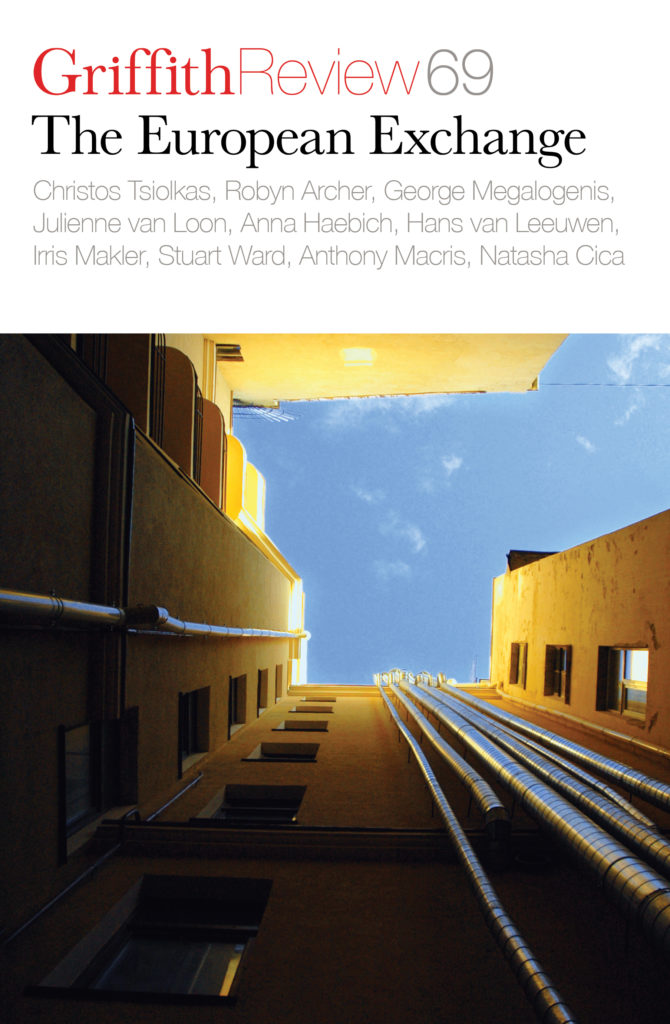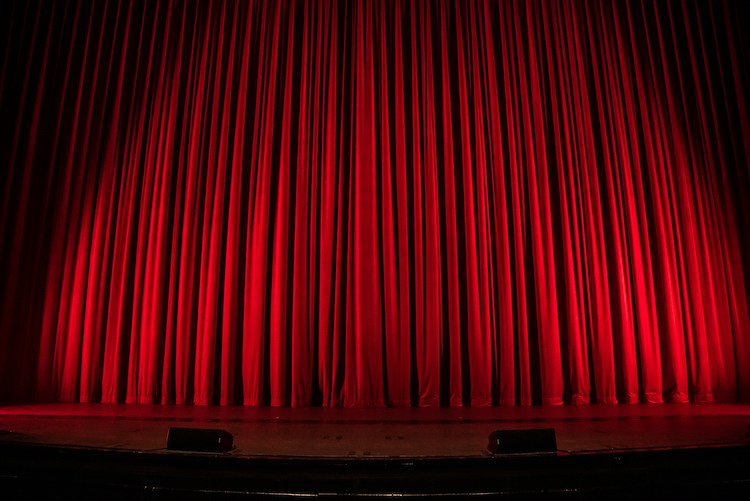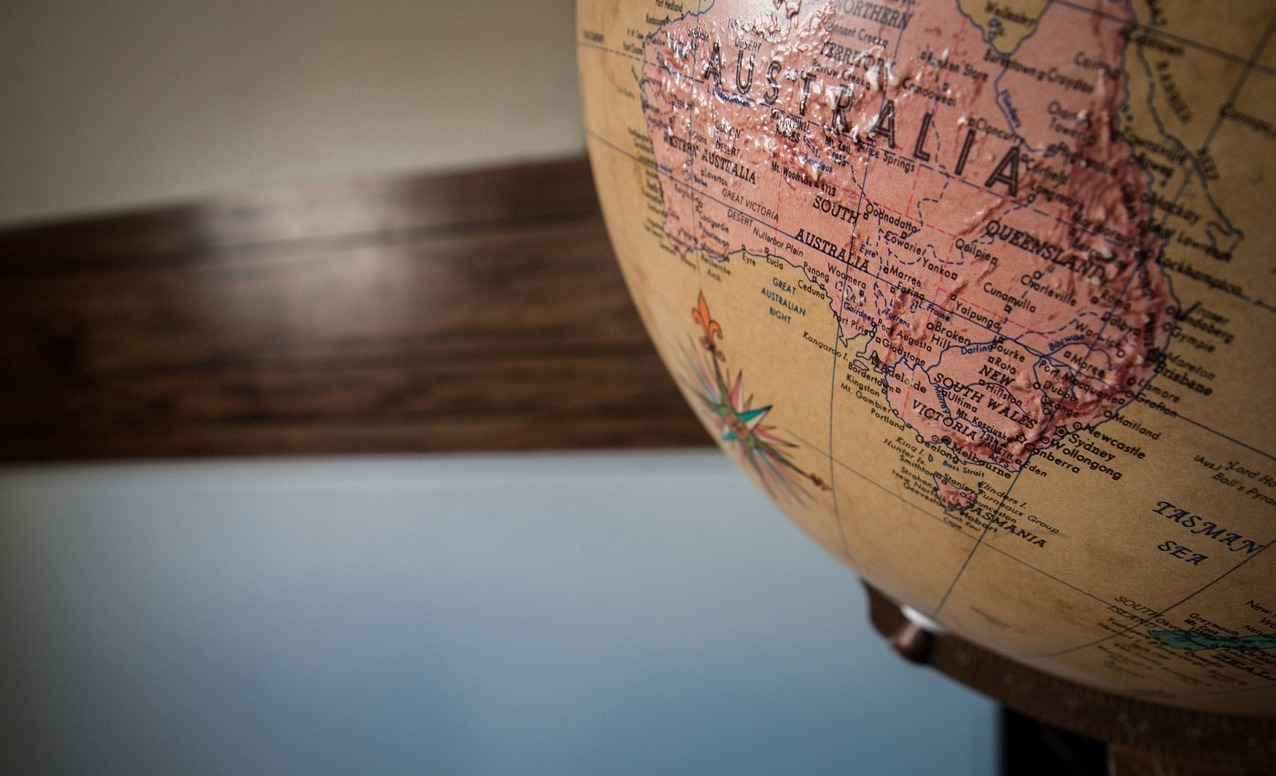IN THE MIDDLE of the twentieth century, most Australian actors who wished to consider themselves ‘legitimate’ would still have considered the acquisition of a quasi-British accent an essential ingredient for success – here at home, and as part and parcel of the passport to a career in British stage and film. Chips Rafferty was an exception, and his distinctly Australian argot ensured his roles were limited to Australian characters. Commonwealth ties were still strong back then, and despite the fact of postwar European immigration, which brought so many workers to labour on ‘nation-building’ projects, Australia’s cultural ties were still very much with Britain. The program of the first Adelaide Festival of Arts in 1960 was overwhelmingly British. Ray Lawler’s Summer of the Seventeenth Doll had been produced in Melbourne in 1955 – and though both were writing earlier, David Williamson’s plays only took hold in the 1970s, and those of Jack Davis in the 1980s. It was yet another decade before other Australian voices started to be taken seriously. And as the voices of First Nations people grew louder, so we also started to hear and see the stories of those who had come from Europe, then Asia-Pacific, India and what’s still referred to colonially as the Middle East.
Does a cultural cringe still exist in Australia? A strategy justified by a statement such as ‘That’s what Tate Modern is doing’ suggests that some of that cringe still exists. Is it a perennial condition of the displaced colonising culture, always needing to reference ‘something elsewhere’ as a benchmark for its own maintenance ? Or is it just natural, even happening at the national level? How many regional galleries look to Tasmania’s Museum of Old and New Art (MONA) to justify their own direction? And why? Because MONA gets visitors, and bums-on-seats stats are still the norm for government support of the arts. Australian plays, contemporary dance, visual art and music, film and literature are all alive and well, but the fact remains that nothing sells like a blockbuster exhibition of old French paintings: in the popular imagination it is still deemed superior.

Already a subscriber? Sign in here
If you are an educator or student wishing to access content for study purposes please contact us at griffithreview@griffith.edu.au






